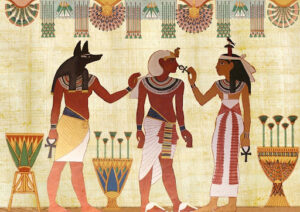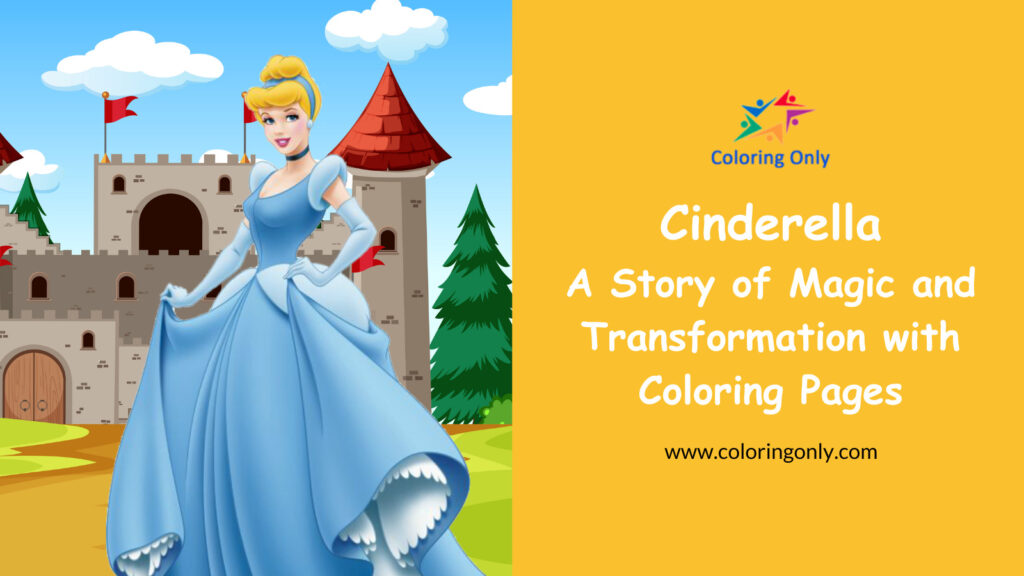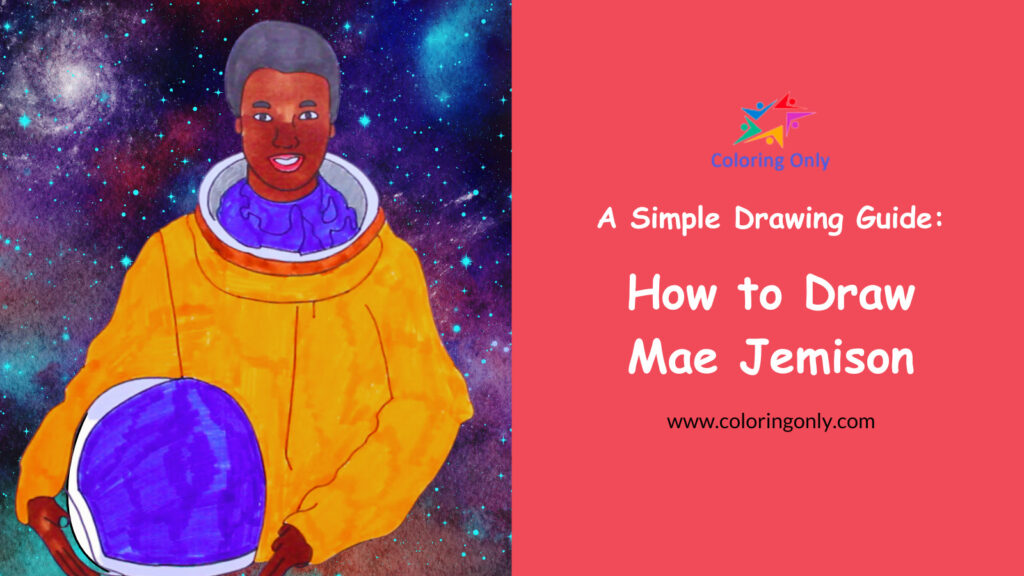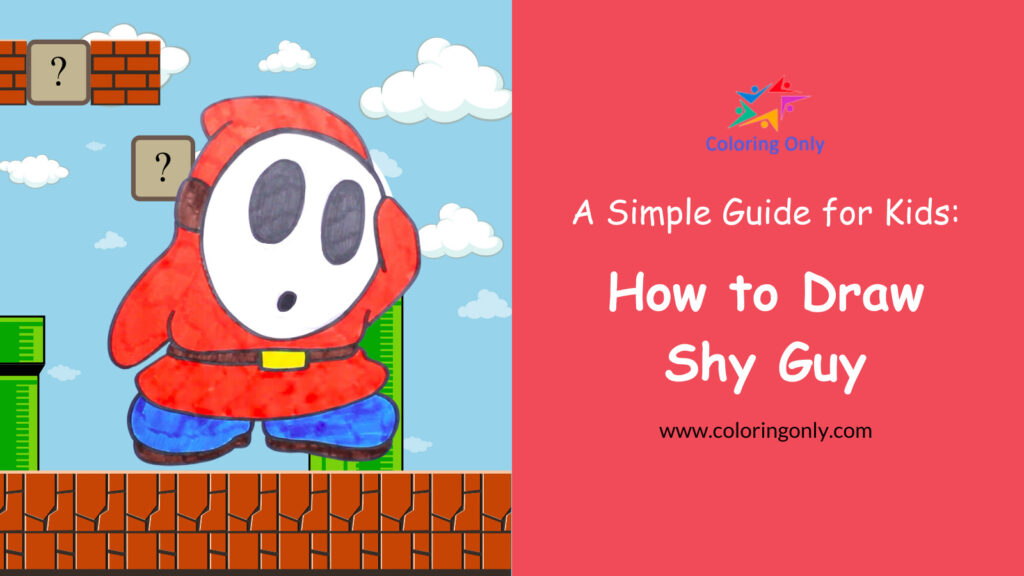
Coloring pages have been cherished for centuries as a means of artistic expression and relaxation. From ancient times to modern digital formats, the journey of coloring pages is a fascinating one. This article explores the rich history and evolution of coloring pages, showcasing their transformation through the ages.
Coloring in Ancient Cultures
Ancient Egypt and Greece, renowned for their artistic heritage, valued visual aesthetics. While there is no evidence of coloring pages as we know them today, coloring held significance in both cultures. Ancient Egyptians embraced art with intricate hieroglyphics and elaborate murals. Though different from modern coloring pages, coloring was integral to their culture.
On the other hand, Ancient Greece celebrated art, philosophy, and culture. While coloring pages didn’t exist, color played a vital role in their artistic expression. Greek pottery featured exquisite black-figure and red-figure techniques, depicting mythology, daily life, and history. Colors brought their stories to life.
Medieval Illuminated Manuscripts
During the Middle Ages, illuminated manuscripts became popular, with skilled scribes meticulously transcribing texts and embellishing them with elaborate illustrations and colors. Illuminated manuscripts are handwritten books that have text decorated with gold or silver and illustrations or designs.

Illuminated Manuscript, Book of Hours, St. Margaret, Walters Manuscript W.168, fol. 222r
They were mainly produced in Western Europe for religious purposes from c. 500 to c. 1600 but also existed in other regions and for secular texts. These vividly colored pages added an ethereal quality to religious texts, captivating readers with their beauty.
Originally, the term “illumination” meant adding gold or silver to the text, making it look like the page was lit up. In contemporary times, the term “illumination” refers to the illustration and decoration of early manuscripts in general, regardless of whether gold is used or not.
Coloring pages can be seen as a modern and simplified version of illuminated manuscripts. They both share a common origin in the human desire to create and appreciate beautiful images.
The Advent of the Printing Press
Coloring books are books containing line art that people can add color to using various media. They did not exist until the 19th century when publishers such as the McLoughlin Brothers introduced them as educational tools for children.
The broader concept of coloring is closely related to the history of printing and illustration. These coloring books or pages are any printed images that do not have line art, such as photographs, paintings, maps, or posters. These images may already have some colors or shades, but people can still color them for fun or education.
These pages existed before the printing press; however, they were not mass-produced or widely available. The printing press made it possible to produce and distribute more coloring materials, such as woodcuts and engravings, which influenced the later development of coloring books.
Rise of Coloring Books in the 19th Century
In the 19th century, coloring books gained popularity among children as educational tools. “The Little Folks’ Painting Book,” published by the McLoughlin Brothers, credited as the inventors of the coloring book, marked a significant milestone in the genre. These books featured captivating illustrations that encouraged creativity and imagination.
The Digital Revolution
The digital revolution in the late 20th century brought about a remarkable transformation in the world of coloring pages. Artists could now create intricate designs and share them in a virtual format using computers and digital drawing software. This breakthrough opened up new possibilities for design, color palettes, and interactive features.
The journey of coloring pages from ancient times to modern digital formats reflects the enduring human desire for artistic expression and creativity. From the colorful murals of ancient civilizations to the mass-produced coloring books of the printing press era and the convenience of digital apps, coloring pages have evolved and adapted throughout history.
Embraced by both children and adults, coloring pages continue to inspire imagination and provide a therapeutic outlet for artistic exploration.













